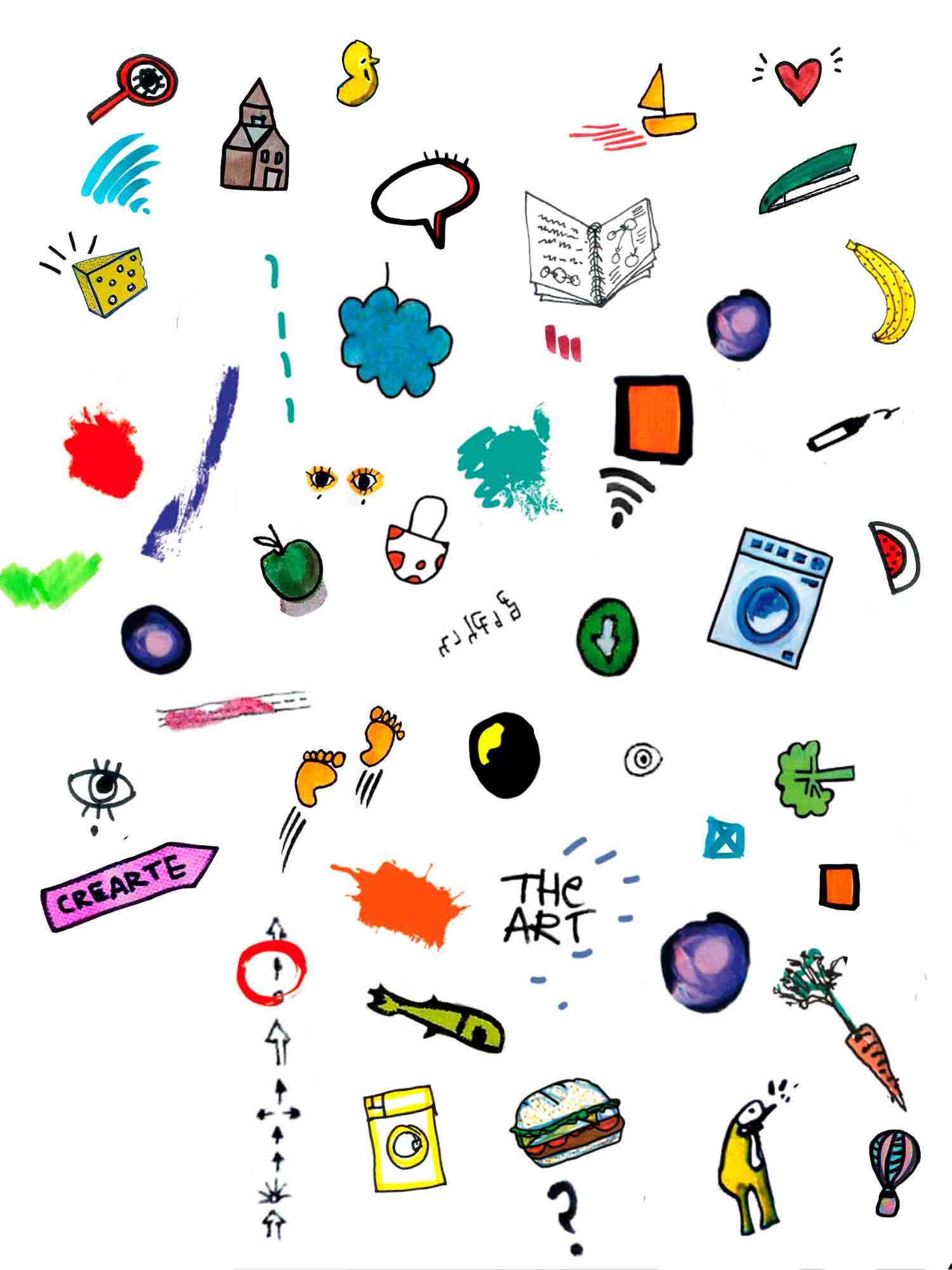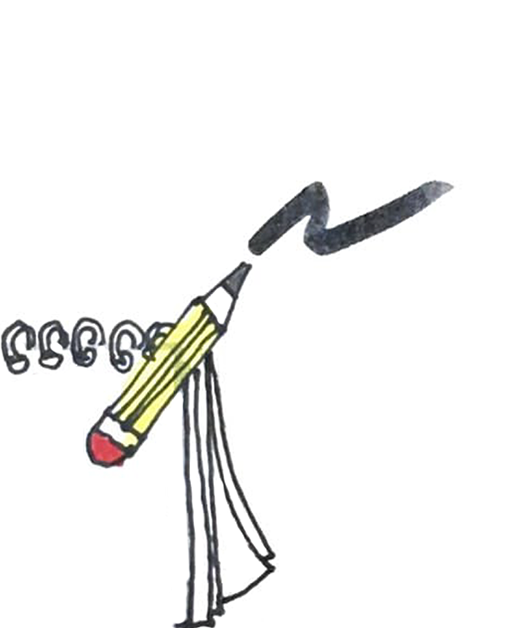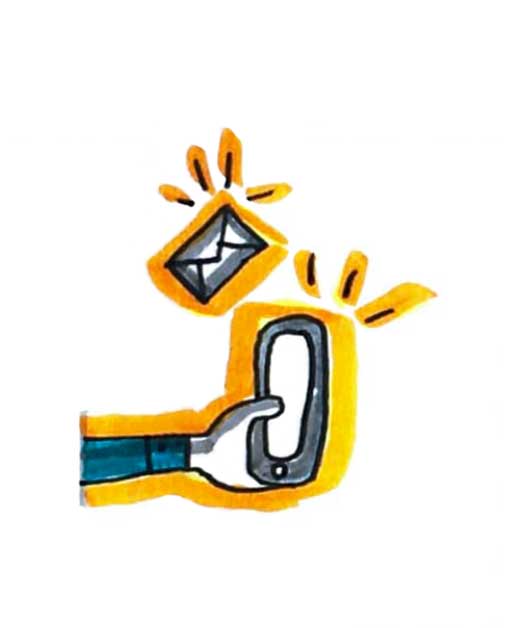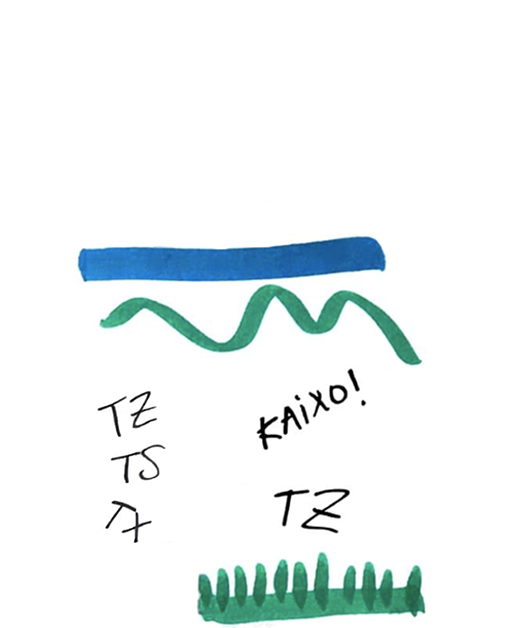Learn to teach: participatory methodologies to make your training work

If training is your profession -or an important part of it-, you should ask yourself these key questions that you may be avoiding:
1. What emotions do your trainings generate in the people who attend? And how do you know?
2. What is the difference between the person who comes to your workshop and the person who leaves? How has he or she evolved?
3. Have you asked yourself what they expect from you and the course? Indeed, have you thought about how to find out?
4. Do you inject knowledge or motivation? The content you teach, can be shared in a more experiential way?
5. What if what you are saying is already known by someone else in the room? How can you make the most of the existing knowledge that is stored in the different minds of the participants?
6. When preparing a session´s structure, who is really in charge? Is it the Power Point?
7. How do you manage time before and during the training? What tricks/resources do you have?
8. As a training professional, what are you afraid of?
9. What would your trainings be like if you were not afraid?
10. Which of the trainings you have received throughout your life have you enjoyed the most? Why?
11. When was the last time you incorporated something new into your training?
As you know, asking the right question is part of the answer. But, if you want to go deeper into the subject, one of the key aspects to promote meaningful learning is the facilitation of sessions through participatory methodologies, which sparkles good vibes and makes a difference to achieve the training objectives.
These participatory methodologies, when well applied, allow you to put into practice tools that make your training and work sessions useful and exciting. From an experiential and participatory approach, you will be closer to achieving this.
Strategies for incorporating participatory methodologies in your training sessions
1. Work upstream of the training: structure and design. Apart from planning, leave space also for intuition and improvisation.
2. Deepen in Jam methodologies, where you work on the structure of the session so that the participants are the protagonists of their learning. As if it were a jazz session, both structure and free play.
3. Adapt the contents to the needs of the participants and their expectations.
4. Focus on tools and dynamics that puts the content upside down: this is the basis of experiential learning.
5. Set up dynamics for each phase of the session: it allows to generate an environment of trust, where the sharing of concepts is worked on, for individual and group reflections.
6. Take care of the beginning and end of the training to generate good feelings.
These simple strategies will allow you to ensure that the people attending your training sessions take away knowledge adapted to their reality. These tips are adaptable to different work contexts.









